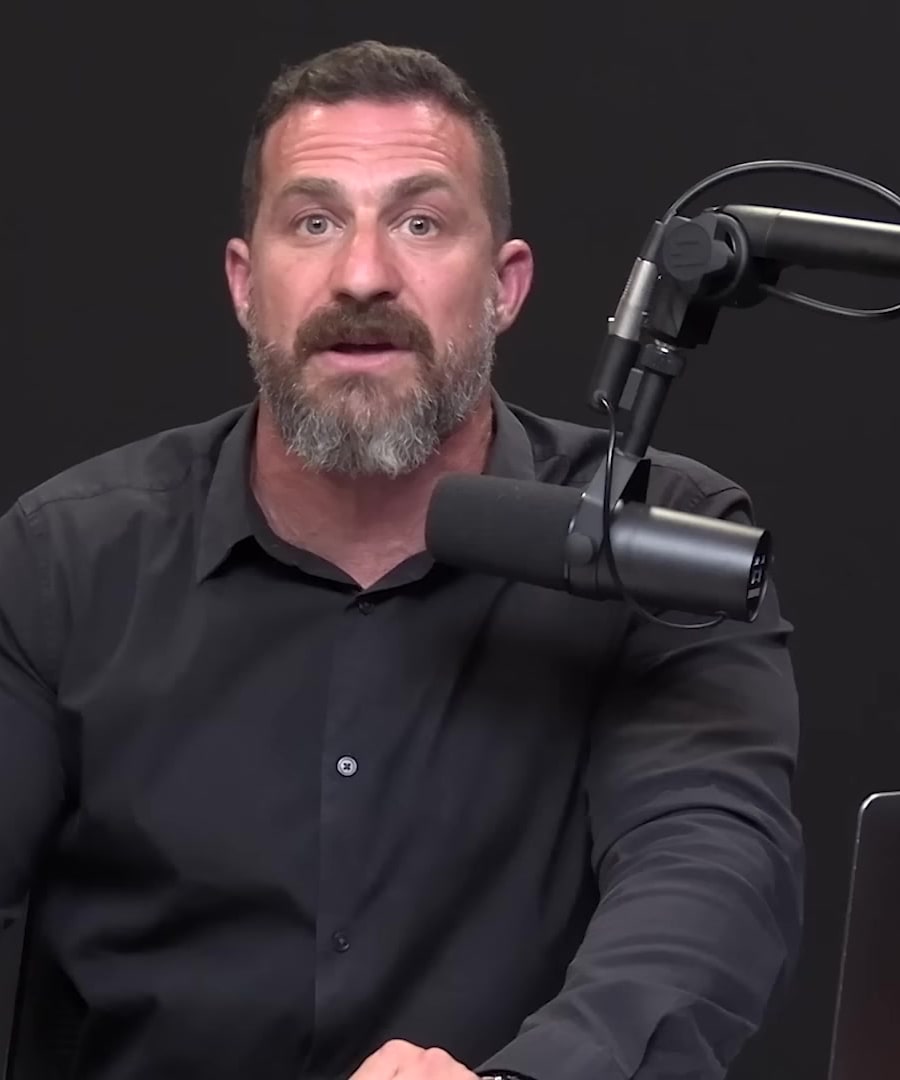Neural circuits and ketamine therapy?
Sources:
Ketamine therapy impacts neural circuits that are critical in managing depression and mood regulation. explains that ketamine influences neural circuits by interacting with NMDA receptors and possibly opioid receptor systems. This interaction leads to neuroplastic changes that help in the recovery from depressive states. The typical dosage for achieving these effects is about half a milligram per kilogram, administered twice per week over three weeks, which results in a durable resistance to depression 1.
Interestingly, the habenula, a brain structure activated by excessive bright light exposure at night, is involved in these neural circuits. It's known to contribute to pro-depressive symptoms both in animal models and likely in humans 1.
RELATED QUESTIONS
